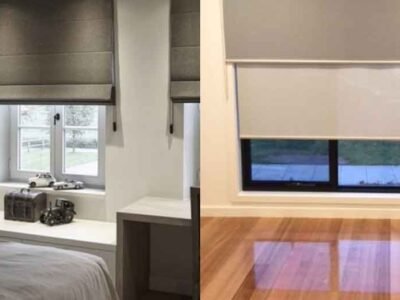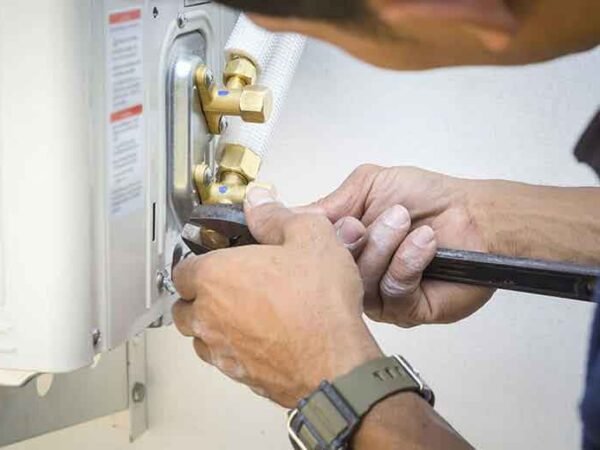Creating a custom closet is more than simply adding shelves or rods; it is a thoughtful process that transforms unused spaces into highly functional and visually appealing storage solutions. A well-designed closet can simplify daily routines, reduce clutter, and reflect personal style while maximizing every inch of available space. The process involves careful planning, collaboration, and attention to detail from the initial idea to the final installation. We will explore the step-by-step journey of designing a custom closet, highlighting the decisions and considerations that ensure a seamless experience. By understanding this process, homeowners can feel confident in creating storage that not only organizes belongings but also enhances the overall ambiance of their home.
The Custom Closet Design Journey
- Initial Consultation and Needs Assessment
The first step in any custom closet project is a thorough consultation to assess the needs and preferences of the homeowner. During this stage, designers focus on understanding the lifestyle, storage requirements, and aesthetic preferences of the client. Questions are asked about the types of clothing, accessories, and other items to be stored, as well as the frequency of use. Measurements of the space are taken to ensure that every inch is accounted for, considering elements like ceiling height, existing fixtures, and potential obstacles. This phase sets the foundation for a functional and personalized design, ensuring that the resulting closet system aligns perfectly with the user’s daily habits and organizational goals.
- Design Planning and Concept Development
Once the needs are assessed, the design team develops a concept that translates the homeowner’s requirements into a practical layout. This involves selecting materials, finishes, and accessories that match both functionality and style preferences. Designers often present 3D renderings or sketches to help clients visualize the finished space. Decisions are made regarding the placement of hanging rods, shelving, drawers, shoe racks, and other storage elements. Ergonomic considerations are also taken into account to ensure ease of use. At this stage, homeowners can provide feedback and request adjustments, creating a collaborative process that ensures the design fully meets their expectations before moving forward to production.
- Customization and Material Selection
Choosing the right materials and customization options is critical to the overall performance and appearance of the closet. Options may include wood finishes, laminates, metal hardware, and decorative accents that enhance both durability and aesthetic appeal. Every component, from drawer pulls to shelving thickness, is carefully selected to match the client’s preferences and the intended function of the space. Customization enables homeowners to incorporate unique features, such as jewelry compartments, pull-out hampers, or adjustable shelving, ensuring that the closet efficiently accommodates all types of belongings. This step ensures that the closet is not only visually cohesive but also tailored to the homeowner’s specific lifestyle.
- Final Design Approval and Scheduling
Before production begins, the final design is reviewed with the homeowner to confirm all elements are accurately represented and meet expectations. This review includes double-checking measurements, materials, and the placement of accessories. Once approved, the installation timeline is scheduled, taking into account any preparatory work, such as removing old fixtures or making adjustments to the existing space. Clear communication during this phase ensures that homeowners are aware of what to expect on installation day, minimizing surprises and ensuring a smooth transition from design to reality. This step solidifies the homeowner’s vision and sets the stage for a flawless installation process.
- Production and Assembly
With the final design approved, the production team creates the custom components of the closet. Precision manufacturing ensures that all parts fit perfectly within the designated space, with attention to detail that guarantees both functionality and aesthetic quality. Depending on the design’s complexity, components may be pre-assembled or constructed on-site. The use of high-quality materials and accurate craftsmanship ensures that the closet will withstand daily use and maintain its appearance over time. During this stage, constant quality checks are conducted to ensure that the final product meets the original design specifications, reinforcing the commitment to a seamless and durable storage solution.
- Installation and Finishing Touches
The installation phase brings the design to life, as the team carefully assembles and positions every component according to the approved layout. Installers ensure that shelving is level, rods are secure, and drawers operate smoothly. Additional features, such as lighting or decorative trim, are added to complete the look. Throughout the process, the installation team maintains clear communication with the homeowner, addressing any last-minute adjustments and ensuring that the space is functional and visually cohesive. Once the installation is complete, the area is cleaned and prepared for immediate use, allowing the homeowner to enjoy a well-organized and attractive closet from the first day.
- Post-Installation Guidance and Maintenance
After the closet is installed, homeowners are often provided with guidance on maintaining and optimizing the space. This may include tips on adjusting shelving, caring for materials, and maximizing storage efficiency over time. A well-designed closet should adapt to changing needs, whether it’s seasonal wardrobe rotation or the addition of new accessories. Regular maintenance ensures longevity and preserves the aesthetic appeal of the space. By offering post-installation support, the design team reinforces the value of the custom closet, helping homeowners enjoy a functional, organized, and stylish storage solution for years to come.
Creating a custom closet is a thoughtful process that transforms ordinary storage into an organized and personalized environment. From the initial consultation to post-installation guidance, every step contributes to a space that reflects both function and style. By carefully assessing needs, planning the layout, selecting materials, and executing precise installation, homeowners can achieve a closet that enhances daily routines and elevates the overall look of their home. Understanding this process enables individuals to participate confidently in creating their storage solution, ensuring that the final result meets their practical needs and personal aesthetic vision. A well-designed custom closet not only organizes belongings but also creates a sense of calm and satisfaction, making everyday life more efficient and enjoyable.













